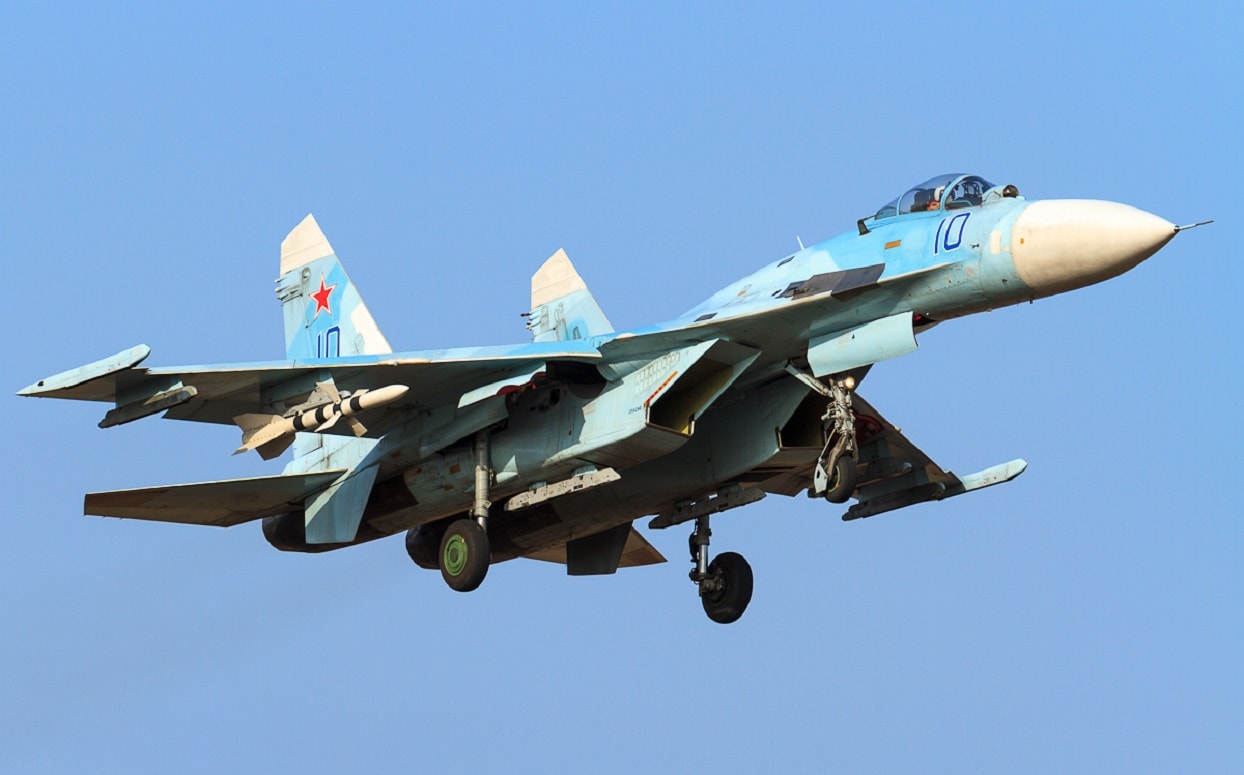The S-300 is a surface-to-air missile system originally introduced by the Soviet Union. Both Moscow and Kyiv have employed the S-300 during their current conflict, but the system had already seen significant service before Russia’s invasion of Ukraine.
What We Know
As a workhorse of Soviet and Russian air defense, the system is considered Russia’s closest equivalent to the U.S. Patriot air-and-missile defense system. The Soviets began to develop the S-300 in 1967 to replace the aging S-25 Berkut and S-75 Dvina systems. It was accepted into service in 1978.
The S-300’s several elements include a long-range surveillance radar, engagement radar, and launch vehicles, as well as a command vehicle that can control an entire S-300 battery. In its basic form, the S-300 launcher is built on an 8×8 9P85S transporter erector launcher truck.
The S-300 is actually a family of systems. It can be divided into three main variants and their respective sub-variants. The first of these is the original S-300 variant, which is known as the S-300P under Russia’s designation, or as the SA-10 Grumble under its NATO designation. This version of the series was originally designed to counter subsonic aircraft, particularly fighters, and it can strike targets within 50 miles. Sub-variants of the S-300P include the S-300PS – which is the oldest variant of the system still in service today and is designed to destroy low-flying aircraft – and the S-300PMU-1, the first major modernization of the system performed. The latter system upgraded the S-300’s radar footprint and improved its ability to shoot down tactical ballistic missiles. The S-300PMU-2 Favorit is the most advanced example of the S-300P variants. It can destroy cruise missiles and a variety of other precision-guided munitions.
The second main variant of the system is the S-300V, which improved the original S-300P by adding ballistic-missile defense capabilities. The S-300V launchers are also built on the chassis of an MT-T tracked transporter, giving it relatively strong offroad mobility. Finally, the S-300F variants are designed to be mounted on naval ships.
Use in War
The S-300s have seen significant use in several recent or ongoing conflicts, such as the 2020 Nagorno-Karabakh War, where Armenian S-300s took losses during the conflict with Azerbaijan. In May, Russian S-300 batteries fired on Israeli jets conducting airstrikes in northwest Syria in a “one-off incident,” according to Israeli Defense Minister Benny Gantz.
On the eve of Russia’s invasion, Ukraine possessed around 100 S-300 launchers; Russia claims it destroyed 40 of these in the first days of the war. On the other hand, Russia reportedly possessed more than three times that amount before the war. Losses appear to have hit both countries’ arsenal of S-300s, according to the open source blog Oryx, with Russia reportedly having lost two to date, and Ukraine 24. In return for U.S. deployment of Patriot batteries to Slovakia, Bratislava decided in May to transfer its only S-300 battery to Ukraine in April. Russian forces have also reportedly begun using the S-300 in a ground-attack capacity – to questionable effect.
Russia wants to roll out the S-400, its planned successor to the S-300, but questions about the new system’s battlefield capabilities may complicate the effort. The system will therefore probably reach its 50-year anniversary of battlefield use.
Wesley Culp is a Research Fellow at the Center for the Study of the Presidency and Congress. He regularly writes on Russian and Eurasian leadership and national security topics and has been published in The Hill as well as in the Diplomatic Courier. He can be found on Twitter @WesleyJCulp.

